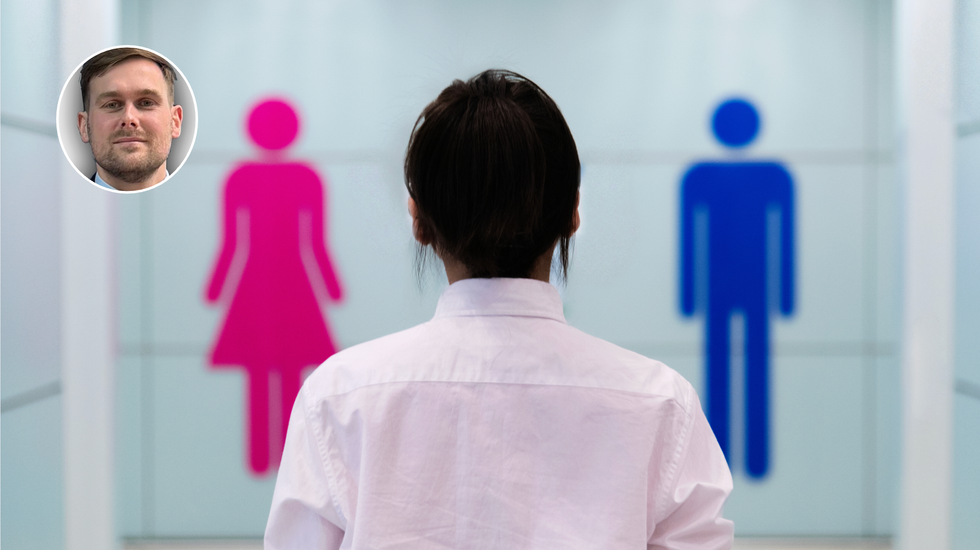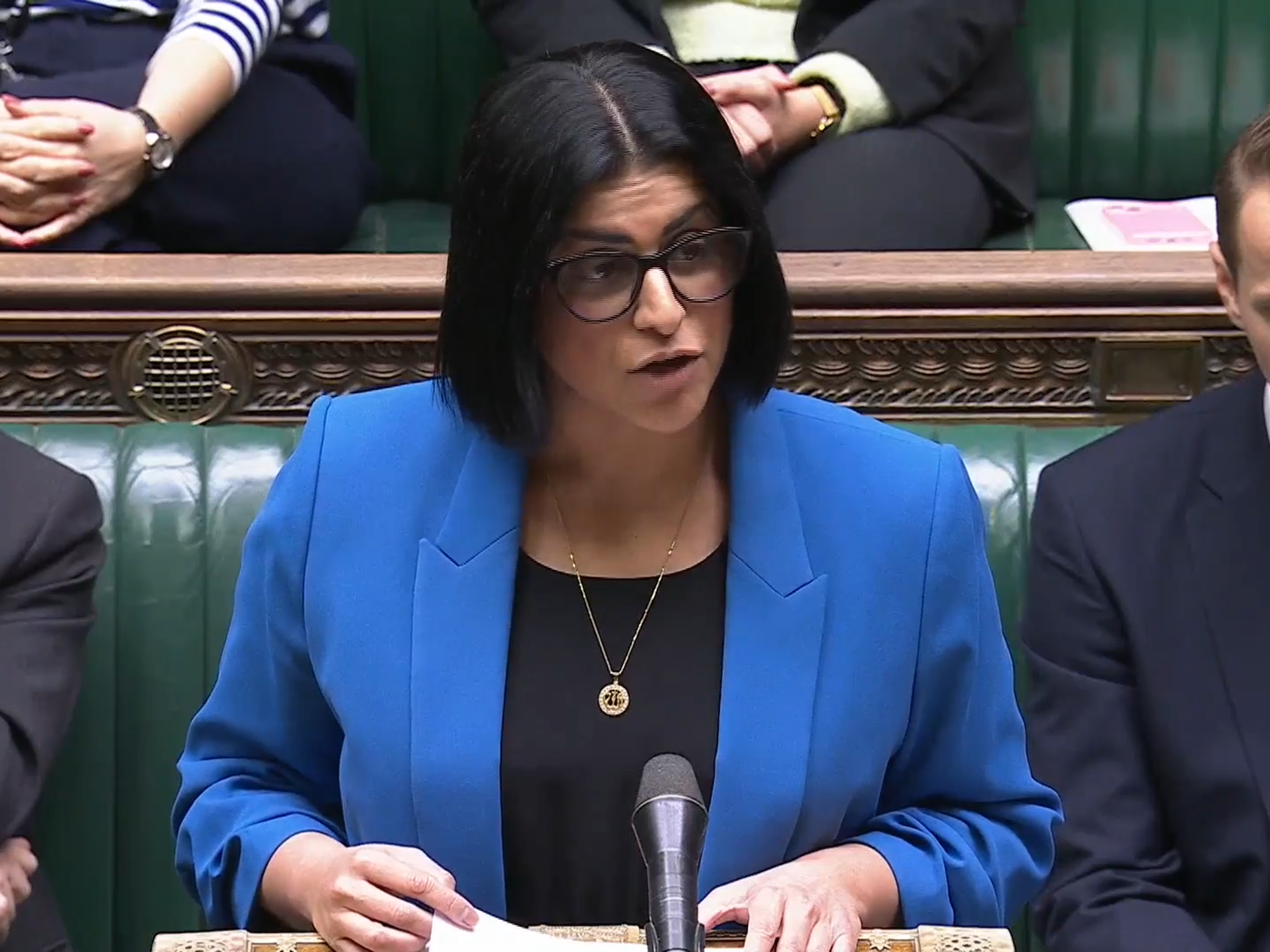Councillors are being muzzled over women’s rights and single-sex spaces. Let me speak out - Stuart Fawcett
This legal grey zone must end now, writes Labour Councillor Stuart Fawcett
Don't Miss
Most Read
Trending on GB News
For the purposes of the Equality Act, the Supreme Court has ruled that a woman means a biological woman and a man means a biological man.
The EHRC has directed local authorities to begin updating their policies and staff guidance on single-sex spaces now, following the Supreme Court ruling that “sex” in the Act means biological sex.
But at my council, we’ve been warned not to act until Government guidance arrives - and officials are understandably cautious of potential lawfare if we move without it.
That leaves us in a legal grey zone where doing nothing risks non-compliance with the Equality Act 2010, and acting risks litigation. We need Government guidance now.
My attempts to address this democratically through a formal motion on my council have recently been stymied both politically and constitutionally. Debate on this, for now, has been averted.
Across the country, local authorities are being pulled in two completely opposite directions. The EHRC is clear: the law has changed, organisations must review their policies immediately, correct previous reliance on self-identification, retrain staff, and document the justification for single-sex services.
But political parties and legal officers - wary of missteps, complaints or costly challenges from activist groups - are advising councillors to pause everything until Westminster publishes its own guidance. That contradiction has effectively frozen councils at the very moment when clarity is most needed.
The Supreme Court’s ruling could not be clearer. It reaffirmed that “sex” in the Equality Act refers to biological sex. It found that replacing that definition with self-identified gender would create incoherence in several areas of law, including pregnancy, maternity rights, communal accommodation and sport.
For years, many organisations were encouraged -or pressured - to treat self-identification alone as sufficient for accessing single-sex spaces.
The EHRC has now reviewed more than 400 policies where this interpretation was embedded and has urged organisations to bring their practice back in line with the law.

Councillors are being muzzled over women’s rights and single-sex spaces. Let me speak out - Stuart Fawcett
|Getty Images
LATEST DEVELOPMENTS
- Donald Trump pulling the pin on the Epstein grenade gives the PM another Mandelson-sized migraine - Lee Cohen
- We have long known mass migration is a giant Ponzi scheme. We now have the data to prove it - Adam Brooks
- Shabana Mahmood is simply performing. She is protecting the culprit who broke our border - Ann Widdecombe
But the protection of rules is exactly what we lack. Government guidance is overdue, local government is unsure, and councils sit uncomfortably between regulatory expectation and legal risk.
Women’s rights, staff protection and operational clarity have all fallen into this gap. Instead of moving confidently in line with the law, local authorities are hesitating - some because they do not wish to accept the legal definition, others because they fear the lawfare bill for doing so.
Some on the Left treat any mention of single-sex spaces as a “culture war”. I reject that. There is nothing reactionary about safeguarding women. Its reflection in law was once hailed as a progressive success story.
There is nothing intolerant about wanting women, girls, survivors of violence or the vulnerable to have secure spaces.
I also believe deeply in tolerance and respect. I want trans people, and those who do not wholly conform to gendered social norms, to live without hostility or abuse.
Do I think the overwhelming majority of trans people seek to enter these spaces to perpetrate harm? Broadly, no. But some may wish to use this as a guise to do exactly that.
So it does not follow that women should be asked to forego their rights or accept even a modicum of additional risk - however statistically small - in order to accommodate the advancement of “trans rights” that could enable this.
The reported cases of abuse may be negligible, but women’s fear of abuse is not. And fear is not irrational when the setting involves undressing, vulnerability or intimate spaces.
Tolerance should not require women to absorb disproportionate risk. And “equality” cannot mean silencing debate or demanding that we ignore the legal reality confirmed by the Supreme Court.
This is not a zero-sum scenario. We can protect women’s rights in law and practice, and treat trans people with tolerance. We can build services that are inclusive, safe and lawful in their segregation due to gender.
Personally, I don’t need legislation to guide me on how to treat anybody with dignity and respect - those values come from within.
But what we cannot do is legislate emotional consensus into existence before the public is ready. The LGBT debate proved how societal consensus can shape legislation; it wasn’t forced, it grew. I fear that process has been mirrored here.
In the meantime, we can - and must - continue protecting women’s rights in accordance with the Equality Act 2010 and the Supreme Court’s judgment. Guidance from the Government, reflecting the ruling and the EHRC’s expectations, should now be issued without further delay.
Our Standards: The GB News Editorial Charter











